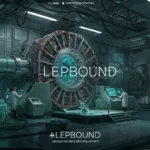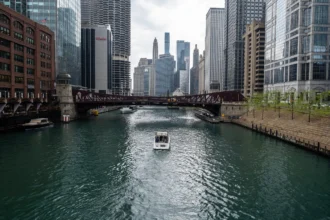Fascisterne” is the Danish term for “the fascists,” invoking a troubling chapter in modern history. More than a label, it symbolizes authoritarian nationalism, suppression of democratic ideals, and the enduring warning that unchecked power bears destructive consequences.
1. Historical Origins of Fascisterne
The term “fascisterne” traces back to the early 20th century when fascism emerged as a political movement. In Italy, Mussolini founded the National Fascist Party in 1919, using the Roman symbol of the fasces—a bundle of rods bound around an axe—to represent strength through unity and discipline Four MagazineCafelam.
This ideology—emphasizing authoritarianism, extreme nationalism, and anti-liberal democracy—promptly inspired similar movements across Europe. In Denmark and broader Scandinavia, “fascisterne” later came to denote supporters of such authoritarian systems CafelamCordless.io.
2. Core Ideology and Drive
Fascist movements under “fascisterne” embraced harsh authoritarianism. They centered power in a dictatorial leader, suppressed dissent and opposition, and often glorified violence and militarism as tools of national unity Four MagazineNewsMM.
Typical ideological threads included:
-
Ultra-nationalism and exclusion of perceived “others”
-
Paramilitary enforcement of loyalty and order
-
State control over society and partial control of the economy
-
Propaganda-driven unity to enforce ideological homogeneity.
3. Fascisterne in Denmark
Denmark never saw fascism rise to dominant power as in Italy or Germany. However, during Nazi-occupied World War II, there were sympathizers and collaborators who aligned with German authorities—sometimes out of ideology, opportunism, or coercion CafelamReddit.
Danish society largely resisted fascist ideologies. Still, the memory of “fascisterne” holds significance in understanding how democratic norms were tested under occupation.
4. Modern Echoes of Fascisterne
Though classical fascist regimes no longer exist, echoes persist in modern politics. Authoritarian, ultra‑nationalist, and exclusionary movements echo fascist tropes—appealing to fear, playing to cultural or ethnic anxieties, and undermining democratic institutions NewsMMFour Magazine.
These impulses reinforce the importance of defending civil liberties, press freedom, and institutional checks and balances—serving as early alarm bells when extremist views gain ground.
5. Learning from History, Guarding Democracy
The legacy of “fascisterne” teaches a clear lesson: vigilance is essential. Democracies thrive only when citizens uphold rights, question propaganda, and fight back against authoritarian currents before they solidify.
Educating on historical fascism, promoting media literacy, nurturing democratic norms, and fostering inclusive dialogue are integral to preventing a relapse into extremist ideologies NewsMMCordless.io.
6. FAQs: Understanding the Term and Its Context
-
What does “fascisterne” precisely mean?
In Danish, it means “the fascists,” referring to those who embrace or represent fascist ideology NewsMMCafelam. -
How is fascism different from Nazism?
Fascism centers authoritarian nationalism and state control, while Nazism adds explicit racist doctrine (especially antisemitism) at its core. -
Why did fascist ideologies gain traction?
Economic collapse, social unrest, and desperation for order made fascist promises of unity and strength appealing—sometimes devastatingly so NewsMMFour Magazine. -
Do fascists still exist today?
While historic fascist regimes have fallen, modern movements occasionally mimic elements: xenophobia, authoritarian rhetoric, suppression of dissent. -
Why keep discussing fascisterne?
Because awareness helps prevent history from repeating. Recognizing red flags early can help societies protect democratic foundations.
Conclusion
“Fascisterne” is not just a term—it’s a reminder. From its origins in Mussolini’s Italy to whispered modern echoes of authoritarianism, it symbolizes the fragility of democratic values in times of turmoil. Understanding and remembering its weight empowers societies to build stronger democratic defenses—resilient, inclusive, and vigilant against extremism.






